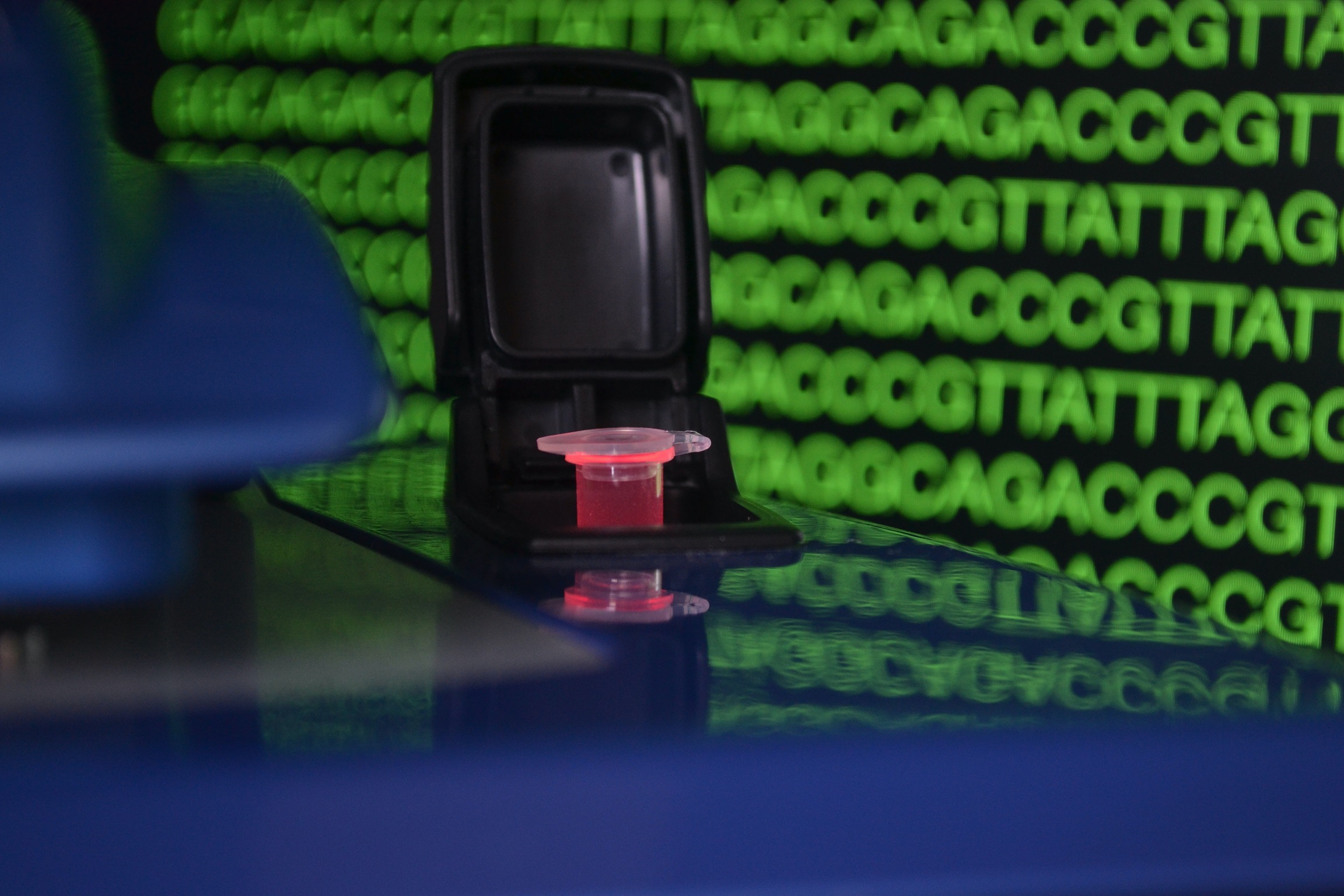RNA sequencing (RNA-seq) is a revolutionary technology that has transformed the field of genomics. It has opened new avenues for researchers to uncover the many complex processes occurring at the cellular and molecular levels. Unlike DNA sequencing, RNA-seq offers insights into the functional elements of the genome by providing a snapshot of all the active genes at any given time. So, how does this empower users looking to classify different cell types? Read on to learn more.
The Power of RNA Sequencing in Cell Type Classification
RNA sequencing has emerged as a powerful tool for classifying cell types. It allows scientists to identify specific cell types and understand their roles in various biological processes. This is due to the fact that RNA-seq enables the analysis of gene expression levels in individual cells. Many fields of study stand to benefit from this pioneering approach, but it has already shown extraordinary potential in studying diseases like pulmonary fibrosis, where the roles of different cell populations are not fully understood.
Single-Cell RNA Sequencing: A Game Changer
Single-cell RNA sequencing (scRNA-seq) takes RNA sequencing to a new level. It allows scientists to analyze the transcriptomes of individual cells, providing a high-resolution view of the cell type and state. This is a significant advancement over traditional RNA sequencing methods, which provide an average gene expression profile of a bulk population of cells.
In a recent study titled “Single-cell RNA sequencing reveals profibrotic roles of distinct epithelial and mesenchymal lineages in pulmonary fibrosis“, scRNA-seq was used to unravel the complex cellular landscape of pulmonary fibrosis. The study used the 10x Genomics Chromium platform for single-cell RNA sequencing, which generated single-cell gel beads in emulsion (GEMs) for the reverse transcription process to create cDNA. This cDNA was then amplified and used for sequencing.
The Role of DeNovix in RNA Sequencing
The DeNovix DS-11 FX+ Spectrophotometer/Fluorometer played a crucial role in this study. The instrument was used to quantify the RNA, a critical step in the RNA sequencing process. The quantification of RNA ensures that there is enough material for the sequencing process and helps to ensure the quality of the samples. This is a preparatory step for the 10x Genomics platform’s single-cell RNA sequencing.
Cell counting is another important preparatory step for RNA sequencing. In a related study, “Modeling Human Lung Cells Exposure to Wildfire Uncovers Aberrant lncRNAs Signature”, the DeNovix CellDrop™ system was used to count human immortalized bronchiotrachial cells (AALE) in a 1:1 dilution of 0.4% trypan blue 24 hours before their direct smoke exposure (DSE). After exposure in an air-liquid interface (ALI) chamber, the cells were used for RNA sequencing analysis to identify changes in IncRNA. The results showed the importance of smoke composition regarding the molecular effects of wildfire smoke. Specifically:
“Our results elucidate the importance of chemical composition (and therefore geographic origin) in assessing the respiratory health risks that may result from wildfire smoke exposure. We used the RNA-seq data generated through our experiments to run an unbiased analysis aiming to identify differentially expressed transcripts, and here, through both stringent and global analysis, we demonstrate that different wildfire smokes induce aberrant expression of lncRNAs.”
Machine Learning and RNA Sequencing
Machine learning is another tool that has been increasingly used in conjunction with RNA sequencing. By training data on known cell types, machine learning algorithms can classify cell types based on their gene expression profiles. This can greatly enhance the accuracy and efficiency of cell type classification.
Applications of RNA-Seq
The applications of RNA-seq are vast and varied. From understanding the intricacies of cell populations in diseases to the discovery of alternative splice variants, RNA-seq is a versatile tool in the arsenal of modern genomics.
The Future of RNA Sequencing
The future of RNA sequencing is bright, with new technologies and methodologies continually being developed. Research into different RNA molecules and their expression levels is only growing, which will dovetail nicely with advances in RNA-seq and expand the number of cell types we can understand.
At DeNovix, we are proud to be part of this exciting field. We invite you to explore our range of products and services, and to join us in pushing the boundaries of what is possible with RNA sequencing. Using our combined spectrophotometer/fluorometers and pioneering automated cell counters, users can optimize preparatory steps in RNA sequencing to guarantee maximum quality. Together, we can continue to unlock the secrets of the cell and advance our understanding of life at the molecular level.
References
- Mo, Y., Ye, L., Cai, H. et al. SERPINB10 contributes to asthma by inhibiting the apoptosis of allergenic Th2 cells. Respir Res 22, 178 (2021). https://doi.org/10.1186/s12931-021-01757-1
- Nguyen PK, Son Y, Petereit J, Khlystov A, Panella R. Modeling Human Lung Cells Exposure to Wildfire Uncovers Aberrant lncRNAs Signature. Biomolecules. 2023; 13(1):155. https://doi.org/10.3390/biom13010155



